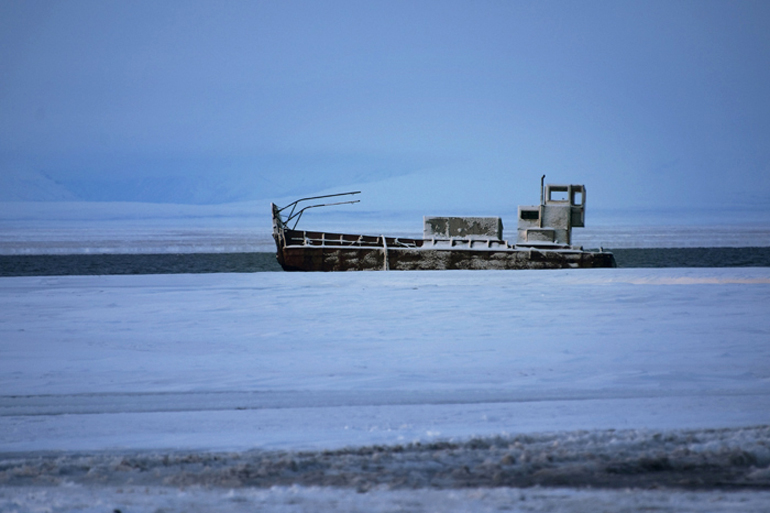
About a third of Alaska lies above latitude 66 and is dominated by Arctic tundra, one of the planet's major ecosystems. This is an area that was little disturbed by man until the middle of the last century. It was a mere 6,000 years ago that coastal Asiatic people followed the stepping-stones of the Bering Land Bridge from Siberia into a realm they would call Alyeska, and made a frail peace with this wild, unsettled land. They migrated slowly eastward, across the north of Alaska and Canada, always remaining a coastal people.
This group would be called Eskimos, and later Inuit, not to be confused with the Indians, who had arrived much earlier from Russia and spread south, away from the coast. The Indians would people two continental land masses thousands of years before any other humans arrived. They developed many different cultures based on the varied mix of climate and geography in the vast, untapped wilderness of the new world. But the ways of the Eskimo were changeless across the top of the world, with little margin for creative error in this unforgiving realm. They harvested the fertile Arctic waters, hunted the tundra, and cultivated their mythic reverence for nature. Humans, plants, and animals of the region maintained a delicate balance not comprehended by people of today. Impact on the environment was minimal.
The modern world has arrived in the far north with two ships per summer in Kaktovik, and cargo planes several times per week, year round. Sometimes a ship doesn't make it out.